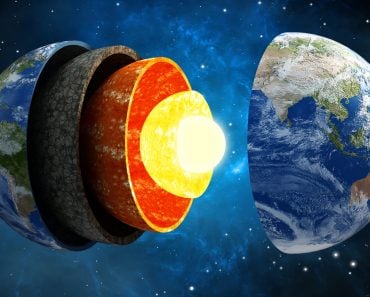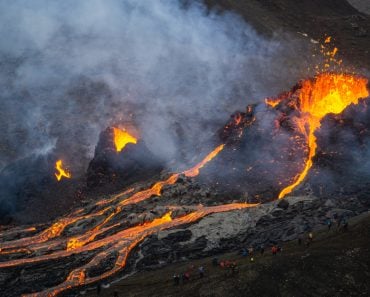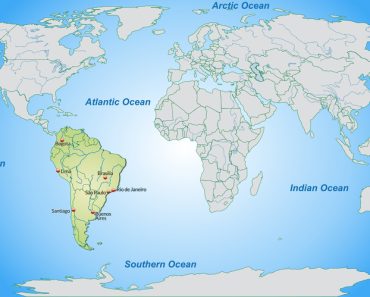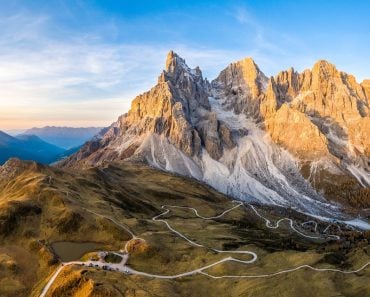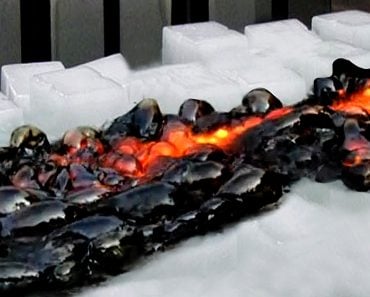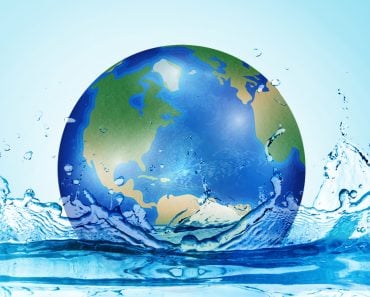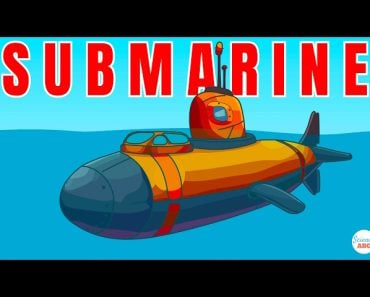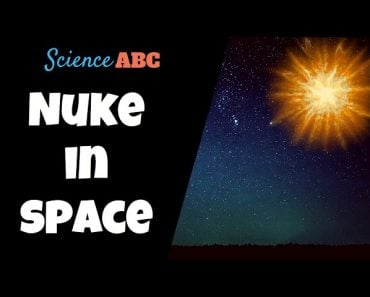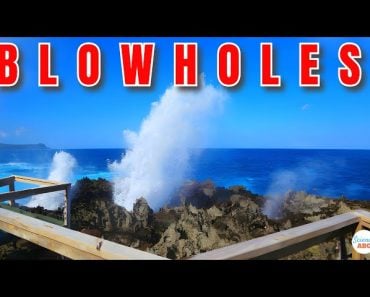Table of Contents (click to expand)
Submarine volcanoes are formed when two tectonic plates collide or when they separate. When two plates converge and collide, the heavier plate subducts or slides below the lighter plate, thereby forming a trench. The rocks in the subduction zone melt, allowing the sweltering magma beneath to rise from the outer core’s higher pressure to the lower pressure towards the mantle. A submarine volcano can also be created when two plates separate or diverge. The lava underneath the plates then squeezes and rises through the void created by the rift.
More often than not, Hawaii is found scribbled in the upper half of every globetrotter’s bucket list. The tropical islands are admired for their sumptuous beaches, the blue water that embraces its shores, and the dreamy nights mottled with countless stars. This is the stuff of vacations, of detaching from the monotony of dreary, mechanical cities.
The islands are also famous for volcanoes. Geology will tell you that these islands, replete with volcanoes, have experienced a tremendous amount of volcanic activity, but that’s not the whole story. The four islands erupted from a volcano themselves — the islands are actually solidified lava that effused from a volcano beneath the ocean, from an underwater or submarine volcano.
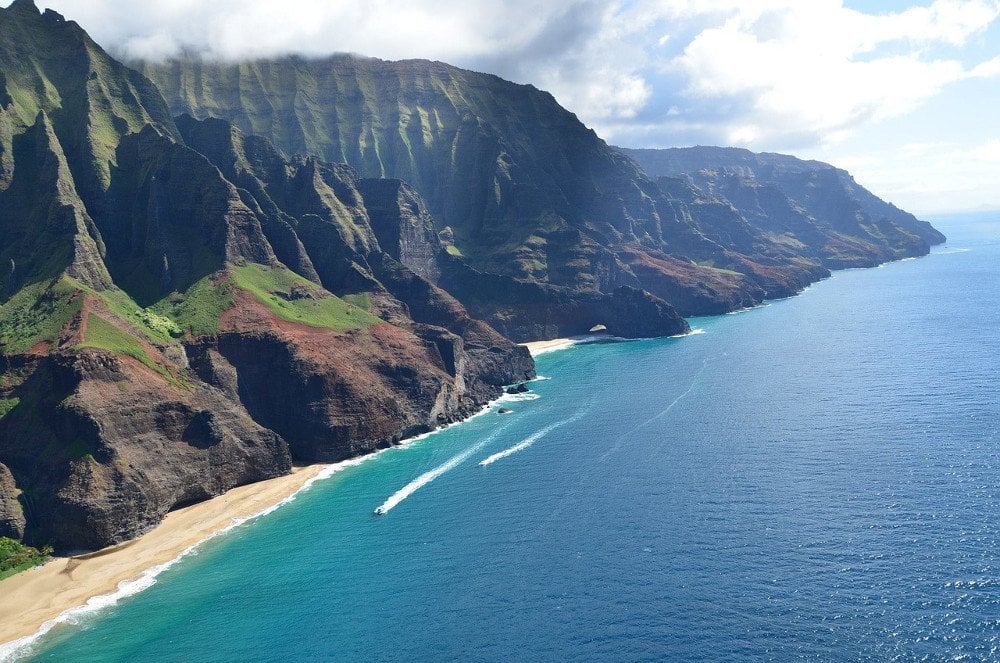
For obvious reasons, submarine volcanoes seem rarer than terrestrial volcanoes. However, these volcanoes are the most productive volcanoes on the planet. Almost 75% of Earth’s annual magma is pumped by submarine volcanoes. These volcanoes are taller than surface volcanoes, yet, even though 75,000 of among the possibly millions of submarine volcanoes rise over a kilometer above the floor, geologists have seldom captured one erupting.
It’s not just that these volcanoes are underneath oceans; they are so notoriously elusive because they are hidden thousands of meters deep, where the pressure is so severe that the lava vomited by the volcano can’t even boil the water, such that hydrophones (microphones for sounds in water) are unable to detect them. Still, we study the launched debris because it offers us valuable insights into how heat and chemicals are transferred to the most unusual and mysterious ecosystems on the planet.
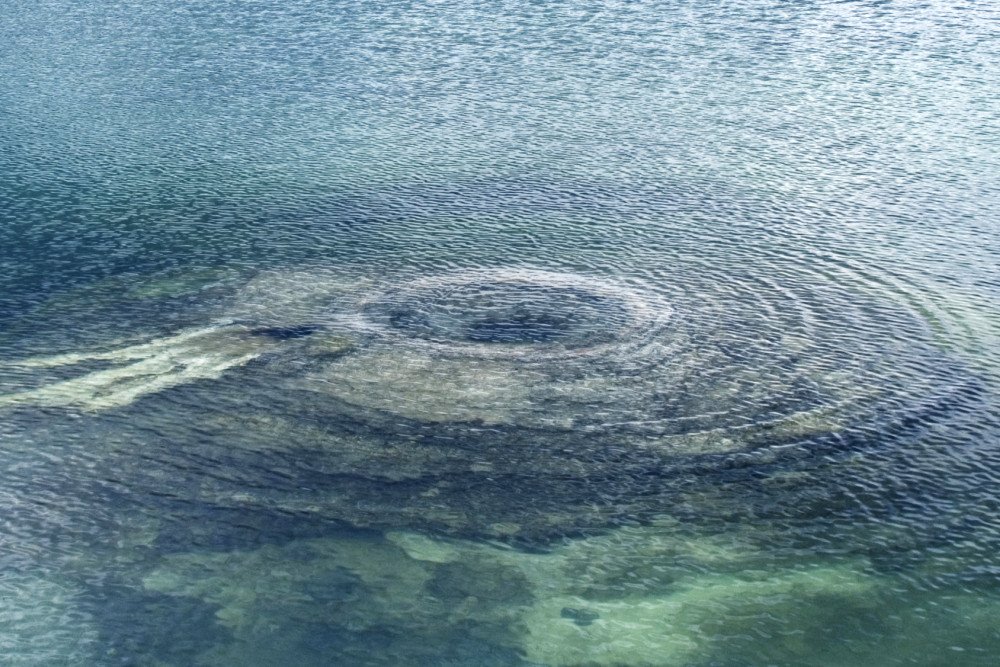
Submarine volcanoes are formed the same way that terrestrial volcanoes are: either when tectonic plates collide or when they separate.
Recommended Video for you:
Convergent Volcano
The convergence of tectonic plates is governed by various forces, such as Earth’s rotational force and tidal forces asserted by the gravity of Earth, the moon and the Sun. When two plates converge and collide, the heavier plate subducts or slides below the lighter plate, thereby forming a trench. The rocks in the subduction zone melt, allowing the sweltering magma beneath to rise from the outer core’s higher pressure to the lower pressure towards the mantle.
Over time, the accumulating magma rises to the edge until eventually, it erupts into the water. However, due to the almost inexhaustible water and crushing pressure around the vent, the magma immediately solidifies upon reaching the surface. As lava is progressively solidified and accumulated, a mountain is sculpted around the vent.
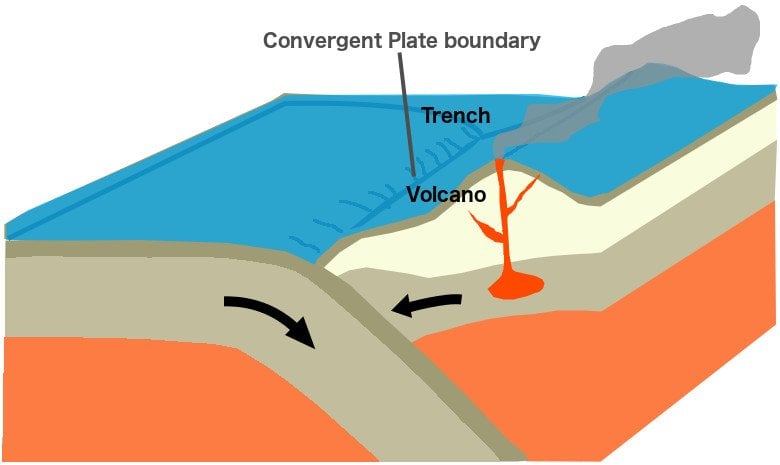
Such a volcano can be formed when two oceanic plates converge or when an oceanic and a continental plate converge. Aleutian, Kuril, Japanese and Mariana are examples of submarine volcanoes formed when two oceanic plates collided, more precisely, plates below the Pacific Ocean. Whereas, the western coast of South America is a settlement that developed when the oceanic crust’s Nazca plate slid under the South American plate.
Divergent Volcanoes
A submarine volcano can also be created when two plates separate or diverge. The lava underneath the plates then squeezes and rises through the void created by the rift. Diverging plates are primarily pushed apart by the water’s pressure and convection currents drawn between the mantle and Earth’s outer core.
Typical of submarine volcanoes, the rising magma eventually emanates from the vent and solidifies instantly as it contacts the water above. Gradually, the solidified layers pile up and form a mountain. Over a period of millions of years, the ragged structures can build upon one another and ascend so high that they protrude from the water’s surface and form volcanic “islands”.
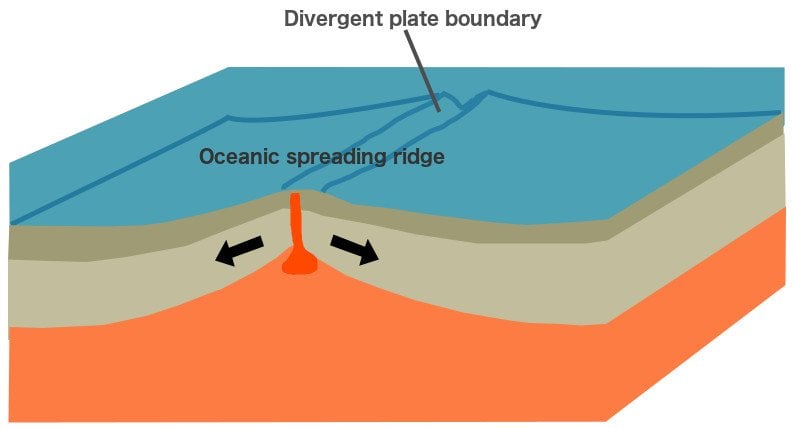
The rate of such an evolution is compounded when the rate at which the magma effuses is increased. Larger islands like the islands of Hawaii floating on the Pacific Ocean are formed on what are called “hot spots”. These are spots on plates that experience tremendous volcanic activity because they are essentially gaps, large holes in the plate through which the lava spurts like water spurts from a hole in a filled bottle. The lava streams upwards and solidifies immediately, forming a thick layer that settles on the ocean floor.
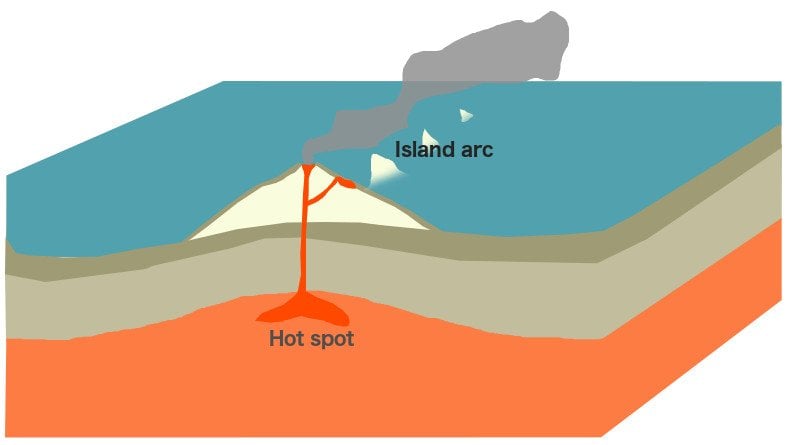
Subsequently, as the plate moves forward, so does the plume of magma, thereby causing a trail of thick, stacked layers, of islands, to form, such as Hawaii’s neighboring islands. This chain of islands is known as an island arc. In fact, it is predicted that a new island called Lo’ihi is developing under the ocean 48 kilometers away from the southeast coast of Hawaii. It is predicted to rise to the surface in about 1000 years. Perhaps an addition to the bucket list?


